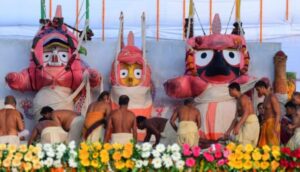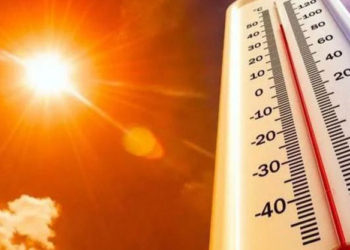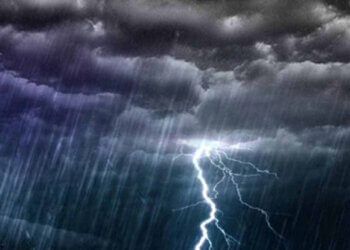The Snana Jatra or Deba Snana Purnima, a ceremonial bath of Lord Jagannath, Lord Balabhadra, and Devi Subhadra, is an important event in the run-up to today’s Ratha Jatra or Car Festival in Odisha’s Puri.
Lord Jagannath’s birthday is celebrated on the full moon day of the month of Jyestha.
For the first time, devotees will be able to see Lord Jagannath and His siblings for three hours at the Shree Jagannath Temple’s Snana Mandap.

They will be allowed to see the deities after the Hati Besha ritual at Snana Mandap. However, devotees will not be permitted to touch the deities’ idols.
Scheduled Timings of Rituals:
* Pahandi: 4 am to 6 am.
* Jala Bije: Between 9.30 am and 11.30 am.
* Chera Pahara: 12.15 pm.
* Hati Besha: Between 12.30 pm and 2.30 pm.
Significance and Rituals of Snana Jatra:
According to the Skanda Purana, Raja Indradyumna, who installed the wooden Deities, suggested bathing them.
The deities are bathed with 108 pitchers of water drawn from a well near the Sitala temple within the Jagannatha temple grounds.
According to some, Snana Jatra, like all other major festivals in Odisha, has direct links with the state’s agrarian calendar, and the ritual bath heralds the arrival of monsoon.
Following the bath, the deities are dressed in the Gajanana (elephant) or Ganesha Besha, and their daily food offering, or Bhogalagi, is made in full public view on the Snana Mandap.
Following the Snana Jatra, the three deities are kept hidden from public view for 15 days, which is known as the ‘Anasara’ period. According to popular belief, the deities develop fever after the ritualistic bath and do not return to the sanctum sanctorum.
However, it is during this time that the ‘washed’ wooden deities are given a fresh coat of paint before appearing in public in their new-look ‘Naba Joubana Besha’, a day before they set out on their chariots to the Gundicha temple.







 Finance
Finance






